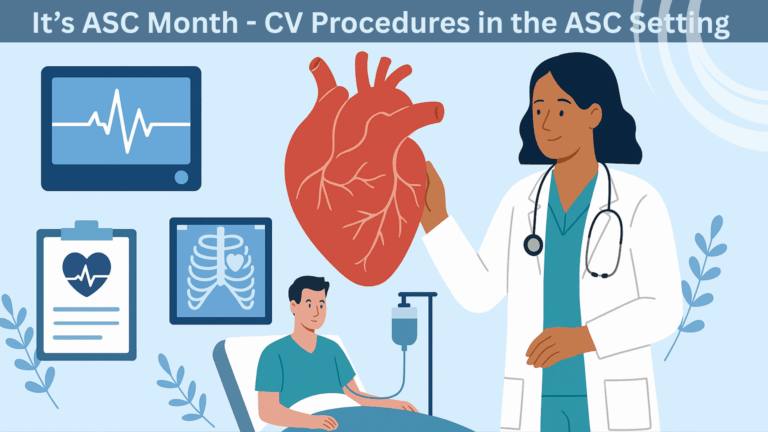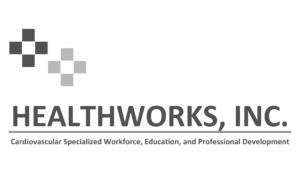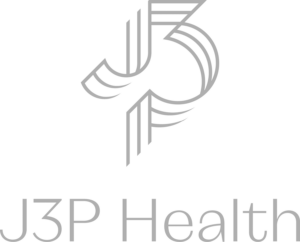Is heart failure patient volume growing within your hospital? An estimated 6.2 million Americans currently carry a diagnosis of HF, with projections for a 46% rise in incidence by 2030 according to the American Heart Association. These patients typically either die from pump failure or sudden cardiac death, therefore programmatically linking electrophysiology (EP) to heart failure (HF) is a strategy for success not often considered…
Multiple studies of primary prevention ICDs have shown a reduction in mortality for various HF patient classes and ‘real world’ registry studies in the US and Europe comparing ICD and CRT use to the ACCF/AHA/HRS guideline recommendations continue to show that EP therapies are significantly underutilized. In fact, consistent underutilization trends over five years show that only 30% of eligible patients received CRT and 11% of eligible patients received ICDs. And even further studies have demonstrated that certain post-MI patients could also benefit from ICD implantation.
Are you prepared to lay the groundwork required to manage the dramatic growth of heart failure patients? Do you have the infrastructure to holistically manage this potentially high-cost patient population? Corazon recommends these five strategies to link your HF and EP sub-specialties as a means to provide comprehensive cardiovascular care:
Solidify the Quality of your CIED Program
- Recruit an electrophysiologist interested in the multiple technologies, including cardiovascular implantable electronic device (CIED) therapies as a critical first step in this approach. Although non-EP Board Certified cardiologists can implant ICD / CRT devices, patients who could benefit are being missed. Success of an implant program is also contingent on full-time oversight and patient access. Too many organizations provide a part-time device program, where an affiliated electrophysiologist performs cases on certain days. This approach is often not successful due to outmigration as referral needs are not being met.
- Create an infrastructure for patient management inclusive of a device clinic or even a remote monitoring program. A home monitoring program reviews advanced diagnostics, maximizes device function, reduces hospitalizations, and even improves patient quality of life for heart failure patients. Mid-level practitioners or certified nurses can provide daily monitoring and follow-up of transmissions and alerts with oversight from the EP physician. Although reduced in-person device evaluations can redeploy staff into this function, the remote monitoring arm of the clinic must have dedicated staff as it is a reimbursable service. The formal infrastructure can also help with a clear pathway / protocol for heart failure patients who show signs of decompensation, and can lead to a more effective partnership with the multidisciplinary heart failure team in terms of immediate communication and patient management.
Link your Heart Failure Clinic with your EP Program to optimize overall patient management
- Include primary care offices in heart failure education program so both practitioners and office staff responsible for scheduling and patient flow will be better able to diagnose and refer for specialty care. A responsive referral system that values the PCP relationship is essential, since patients who may benefit most from ICD/CRT therapy have mild symptoms and may never have been admitted for heart failure, but instead are managed by their PCP.
- Create a system that allows timely scheduling of new patient referrals and information sharing. Patients’ devices should be monitored and managed by the EP staff, but detailed reports must flow to the physician treating the heart failure for a comprehensive disease management approach.
- Develop automatic criteria for referrals as a bridge between the heart failure and EP specialties. HF patients discharged from acute care may be enrolled in a heart failure clinic, as hospitals seeking to reduce 30-day readmissions have focused on medication education and management, lifestyle optimization (diet / sodium and exercise), and early identification of heart failure decompensation. Clinic visits, telephonic follow-up, and even home visits are valuable means to keep patients engaged in their follow-up care. Unfortunately, these clinics are often disconnected from the electrophysiology aspect of heart failure care. Thirty-day readmissions may be reduced, but there is no positive impact on mortality from sudden cardiac death. Corazon has worked with hospital-based clinics to establish clear standards for post-acute care that links HF and EP along the cardiovascular continuum of care.
For a more detailed approach to developing a robust CIED program that includes a focus on heart failure, request our webinar recording for “Expanding Cath Lab Service Offerings beyond PCI – Opportunities for EP and Vascular Growth” at www.corazoninc.com. Perhaps offering device implants can be a first step in expanding your EP service line…

 company
company 
 (412) 364-8200
(412) 364-8200



























